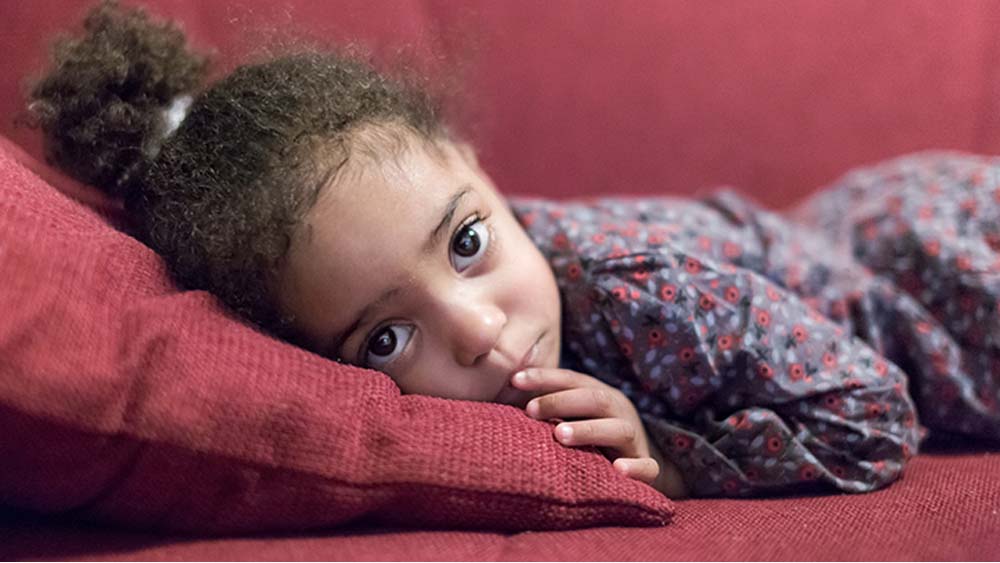If your baby or toddler seems to have an upset stomach, rotavirus could be the culprit. Here’s a complete guide on recognising symptoms, preventing infection, and managing treatment at home for this common but highly contagious virus.
Understanding Rotavirus
Rotavirus is a highly contagious virus and a leading cause of gastroenteritis (stomach flu) in babies and toddlers. It primarily causes diarrhoea and vomiting, leaving young children more vulnerable due to their developing immune systems. While adults can catch rotavirus too, they typically experience much milder symptoms.
- Vaccination: Thankfully, a vaccine for rotavirus, introduced in 2006, provides significant protection for young children, reducing the severity and likelihood of serious illness.
How Rotavirus Spreads
Rotavirus spreads primarily through contact with infected stool, making it common in places like bathrooms and diaper-changing areas. Young children often catch it by touching contaminated surfaces, then putting their hands or objects in their mouths. The virus can also be spread through:
- Contaminated food or water
- Airborne particles (such as sneezes or coughs, though this is less common)
A first infection tends to be the most severe, while subsequent infections are generally milder.
Recognising Symptoms of Rotavirus and Stomach Flu
In babies and toddlers, rotavirus symptoms include:
- Vomiting and watery diarrhoea lasting between 3 to 8 days
- Fever
- Stomach pain
- Loss of appetite
- Dehydration: Signs include reduced urination, dry mouth, sunken soft spot on the head, lack of tears, and drowsiness.
Treating Rotavirus and Stomach Flu at Home
Most rotavirus infections can be managed at home. Since antibiotics are ineffective against viruses, here’s what you can do to help your child recover:
- Prevent Dehydration: This is the main concern with rotavirus. Keep offering small amounts of fluids, like breast milk, formula, or electrolyte solutions (e.g., Pedialyte). Wait an hour or two after vomiting before offering small sips every 10 minutes, gradually increasing the amount if your child keeps it down.
- Manage Fever: Use paediatric acetaminophen (for babies over 2 months) or ibuprofen (for those over 6 months), following your doctor’s guidance.
- Offer a Bland Diet: For older babies and toddlers, introduce gentle foods like bananas, crackers, or plain toast. Avoid apple juice, dairy, and sugary foods, as they can worsen diarrhoea.
- Encourage Rest: Adequate rest is essential for recovery, so keep your child comfortable and well-rested.
When to Call the Doctor
Seek medical attention if your child exhibits any of the following:
- Bloody diarrhoea or excessive vomiting
- Severe dehydration symptoms such as lethargy, no tears when crying, dry diapers, dizziness, or a noticeably sunken soft spot
Preventing Rotavirus and Stomach Flu
While stomach viruses are challenging to avoid entirely, taking these steps can help reduce your child’s risk:
- Vaccinate: The rotavirus vaccine is given as drops at 2, 4, and possibly 6 months and is highly effective in reducing severe cases of rotavirus in infants.
- Practise Good Hygiene: Regular hand-washing for both you and your child is crucial. Always wash hands after bathroom use, diaper changes, and before eating or preparing food. As your toddler grows, begin teaching them basic hand-washing habits.
- Disinfect Surfaces and Toys: Regularly clean and disinfect high-touch surfaces like changing tables, play areas, and toys, especially if there’s a local outbreak or if another family member has been ill.
Taking preventive steps and following a supportive care plan can make a significant difference in helping your child recover comfortably and avoid severe symptoms. Regular communication with your paediatrician is also key to ensuring your little one’s well-being.

